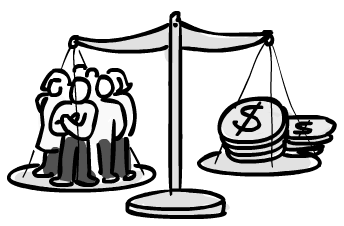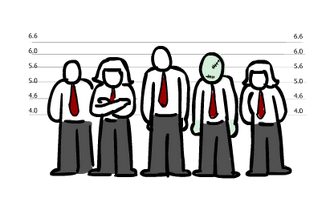My family and I figured we'd do something a little different this last weekend and went to see ICE! 2010 at the Gaylord National Resort. But, this post is not about Dr. Seuss or Ice or the resort. This is about a random act of kindness.
The thought is fresh in my mind, mainly because I just finishing Delivering Happiness, the book by Tony Hsieh of Zappos. One of the passages referred to delivering random acts of happiness, which was very similar to acts "of kindness" from the book and movie Pay it forward.
So, what happened?
With a little bit of time to spare, before going to the ICE attraction, my son and I were going to ride a small train ride inside the Gaylord Hotel. As we stood in line, we happily chatted about getting to go on this ride. When we got to the front of the line, the attendent asked for our tokens. Tokens? Nobody said anything about tokens! She pointed to a small machine off in the distance. We were supposed to go see ICE! in about 20 minutes so I knew our schedule was getting pretty tight. My son and I ran over to the machine. On the machine was the the message
Tokens $2. Machine takes $1 or $5 bills. NO CHANGE
I looked in my wallet and found two $1 bills and some $20's. I thought for a second and then realized we were screwed. I looked into his eyes and broke the news to him.
Buddy, we're going to have to come back. I only have enough for you to ride. I can't go with you. Do you want to ride the train by yourself?
I saw his eyes well up as he began to shake his head. "No, Daddy, I want you to go on the train with me!"
I responded that I was sorry but we'd have to come back after I got some change. Perhaps we could ride the train later, after the exhibit, if there was time. I spent the next 15 seconds trying to explain to my son that the machine did not take $20 bills. A woman then walked up to me, reached into her purse, and handed me two $1 bills.
You two go have a fun train ride.
My son and I both said thank you to her and I added I didn't have change.
Don't worry she said, go have a good time.
So, off we went and had a good time. I look forward to paying it forward.

 I was in a contract negotiations meeting for several hours yesterday. The most notable quote came after the customer was asking for the basis of estimates for the scope of work being proposed.
I think both the vendor and customer could have done a lot better if they had just valued
I was in a contract negotiations meeting for several hours yesterday. The most notable quote came after the customer was asking for the basis of estimates for the scope of work being proposed.
I think both the vendor and customer could have done a lot better if they had just valued 





